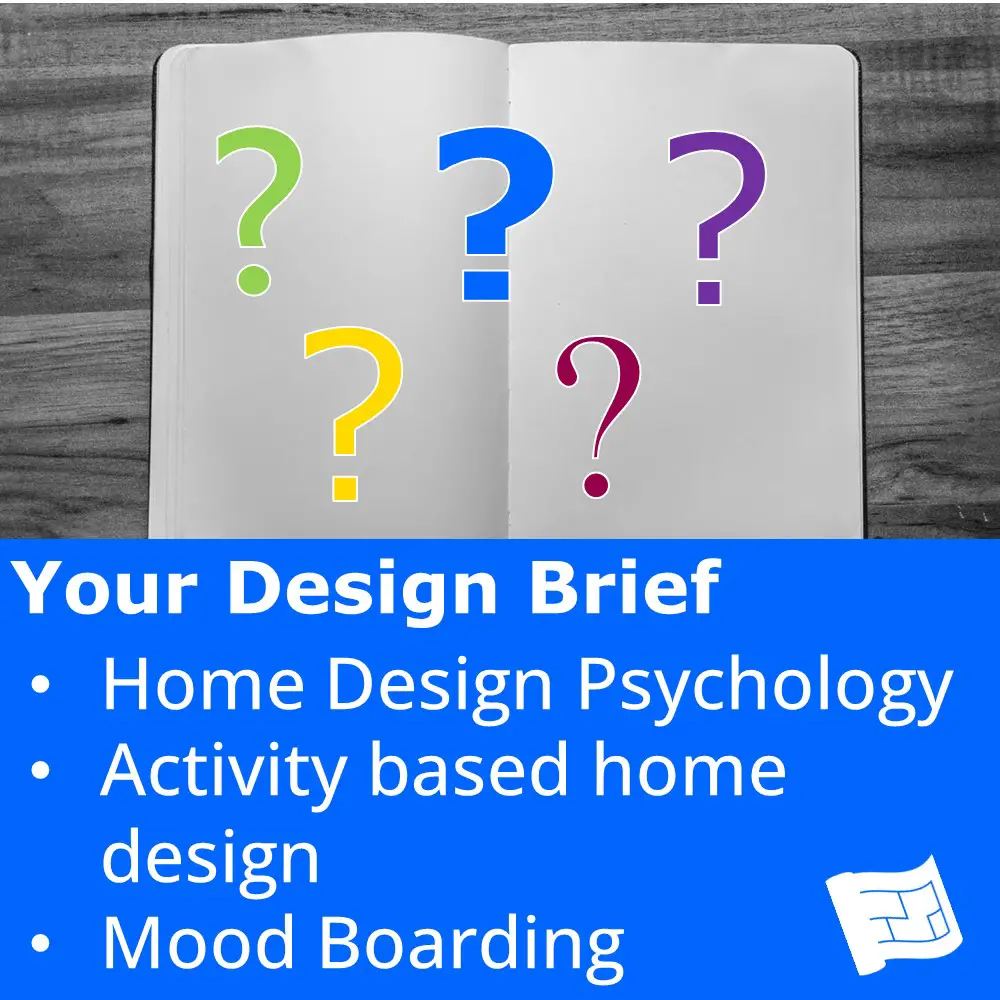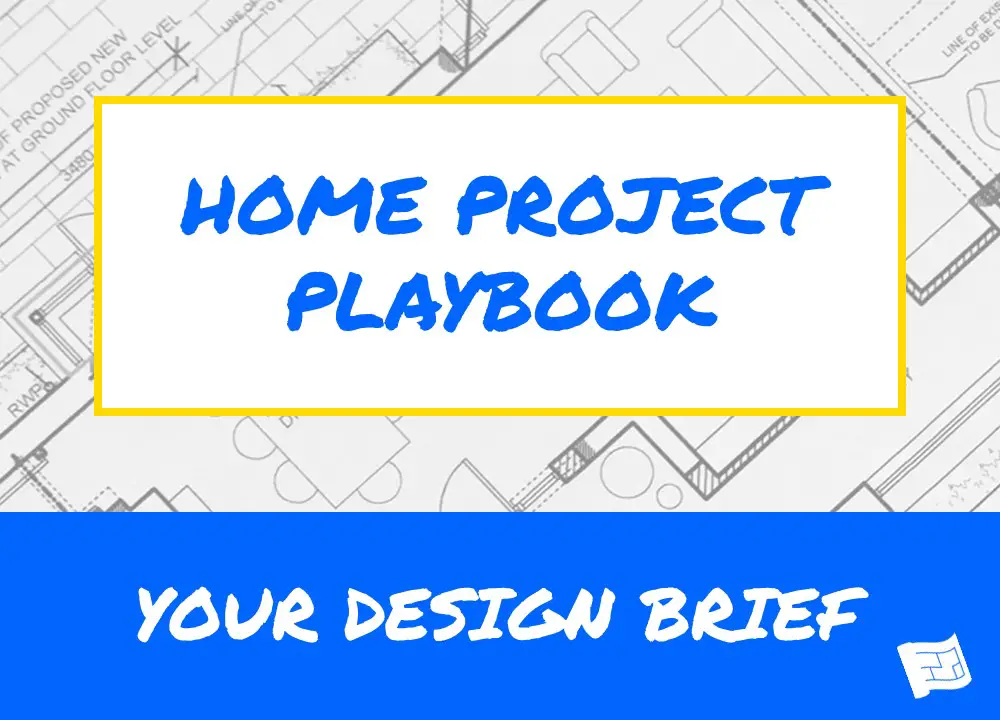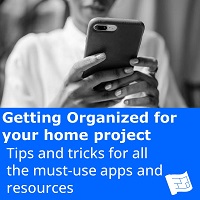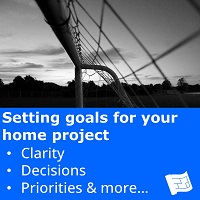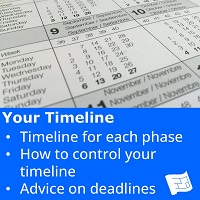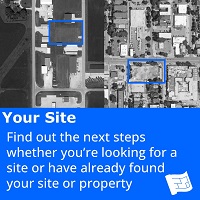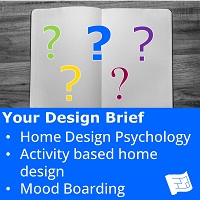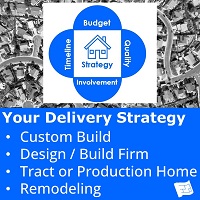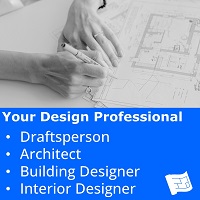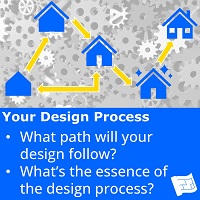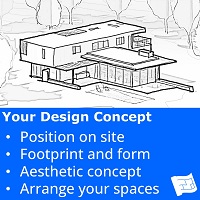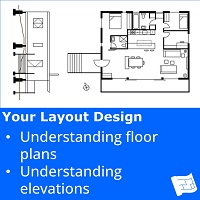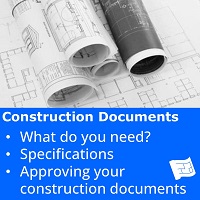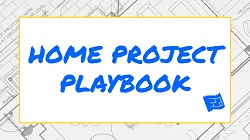- Home
- Project Playbook
- Your Design Brief
Your Design Brief
Putting careful thought into preparing your design brief is essential preparation before you enter the design phase of your home project.
You are bound to have some thoughts and pictures to describe what you want in your new home. Now it's time to get a bit more focussed.
When you create your design brief it’s an opportunity to fully explore what you want your new home to be. Don’t miss the opportunity to tell the full story - the full ‘why’ of your new home.
Why is a design brief important?
The document you'll create will serve to communicate your vision of your new home to everyone involved in your project so it's a very important document.
Your design brief will include information such as:
Your goals, your budget and timeline, and your lifestyle and style preferences for the spaces in your home.
But it's the research and thought that goes into writing your design brief that determines whether or not your project will get the design brief it deserves.
How to write your design brief
There are lots of templates for design briefs available, but little guidance on what questions to ask yourself and how best to structure your thoughts.
More than a list of rooms...
- First of all, make sure you've taken the time to establish your goals for your project.
- If you already have your site, check the site zoning. There's no point dreaming about a home you won't be permitted to build.
- Have an in depth think about your budget.
- What timetable do you want to work to?
- Explore the pages on home design psychology, activity based home design and mood boarding to help you think about what home means to you, your lifestyle and style preferences.

Setting your priorities
It's important to set priorities in your design brief. You're probably familiar with the concept of must-have and nice-to-have.
In the business world, project design briefs often use the 'MoSCoW' prioritisation model. M - Must have, S - Should have, C - Could have, W - Won’t have.
I like to use the first three of these in a home design brief as usually a won't have can be described as a must have or should have.
For example let's say you're doing your requirements in your design brief for your kitchen:
- Must have a double oven because we love cooking
- Should have an island because it's our preferred kitchen design
- Could have stone counter tops if the budget allows.
Go ahead and explore these topics that will help you create your design brief.
More Design Brief Pages
During the Design brief process your will....
⭐Gather the factual information you'll need to feed into your home design.
⭐Gain a detailed understanding of how you want to live in your new home.
⭐Develop a richer interpretation of your inspiration images and cultivate your aesthetic taste.
⭐Discover ways to use your rooms and spaces better.
⭐Get a head start in making all the decisions you'll need to make.
⭐Seize design opportunities to elevate the experience of living in your new home.
⭐Work out how your home design could improve your relationships.
⭐Be clear and mindful about what you need and intentional about what you want.
⭐Create an insightful design brief that will guide the design direction of your project.
Avoid common design brief mistakes
Here are some mistakes that homeowners can make by not taking their design brief seriously.
❌Writing a design brief that reads like a real estate listing rather than describing their lifestyle aspirations in their home.
❌ Leaving their architect or design professional more or less in the dark about who they are, what they want and what they need in their new home and why.
❌ Writing a superficial design brief based on trends rather than their own sense of style.
❌ Spending insufficient time
to think and reflect in a structured way about what they want in their new
home.
Your Design Brief and your Design Professional
If you're working with an architect or a design professional,
you will be giving them your design brief.
You'll be showing your design brief during the
interview process with your design professional so this will form part of the
criteria you use to select your designer.
It is likely to be longer and more detailed than most design briefs they receive and it might be a bit of a surprise to them.
A good architect or design professional will take your design brief seriously and they'll be delighted that you've taken the time to think and document your thoughts in an organized way. They'll take everything you've written into consideration as they design your home.
Some design professionals might have a design brief that they want you to fill in. By all means take a look at it and if there's any information requested that isn't already in your design brief then go ahead and add it to your own design brief.
If your design professional doesn't like your design brief...
If your architect responds negatively to your design brief this might be for several reasons:
- They're overwhelmed by the amount of information and they don't want to take the time to go through it.
- They want more freedom to design the home that they want to design for you. Some design professionals might feel that they know best about what you want and need.
- They're under the impression that a well-informed and prepared client is going to be harder to work for.
If you get the impression that your design professional isn't respecting your design brief, have a conversation with them to get to the bottom of what their issue is.
While it's essential to be clear about your preferences, allow some flexibility for the creative input of the professionals working on your project. They may offer valuable insights and suggestions.
The Playbook is a work in progress. Anything without a link is coming soon.
Phase 1 - Project Preparation
Phase 2 - Design Preparation
Phase 3 - Design
Phase 4 - Construction
Your Contractor / Builder
Your Contract
Building Your Home

